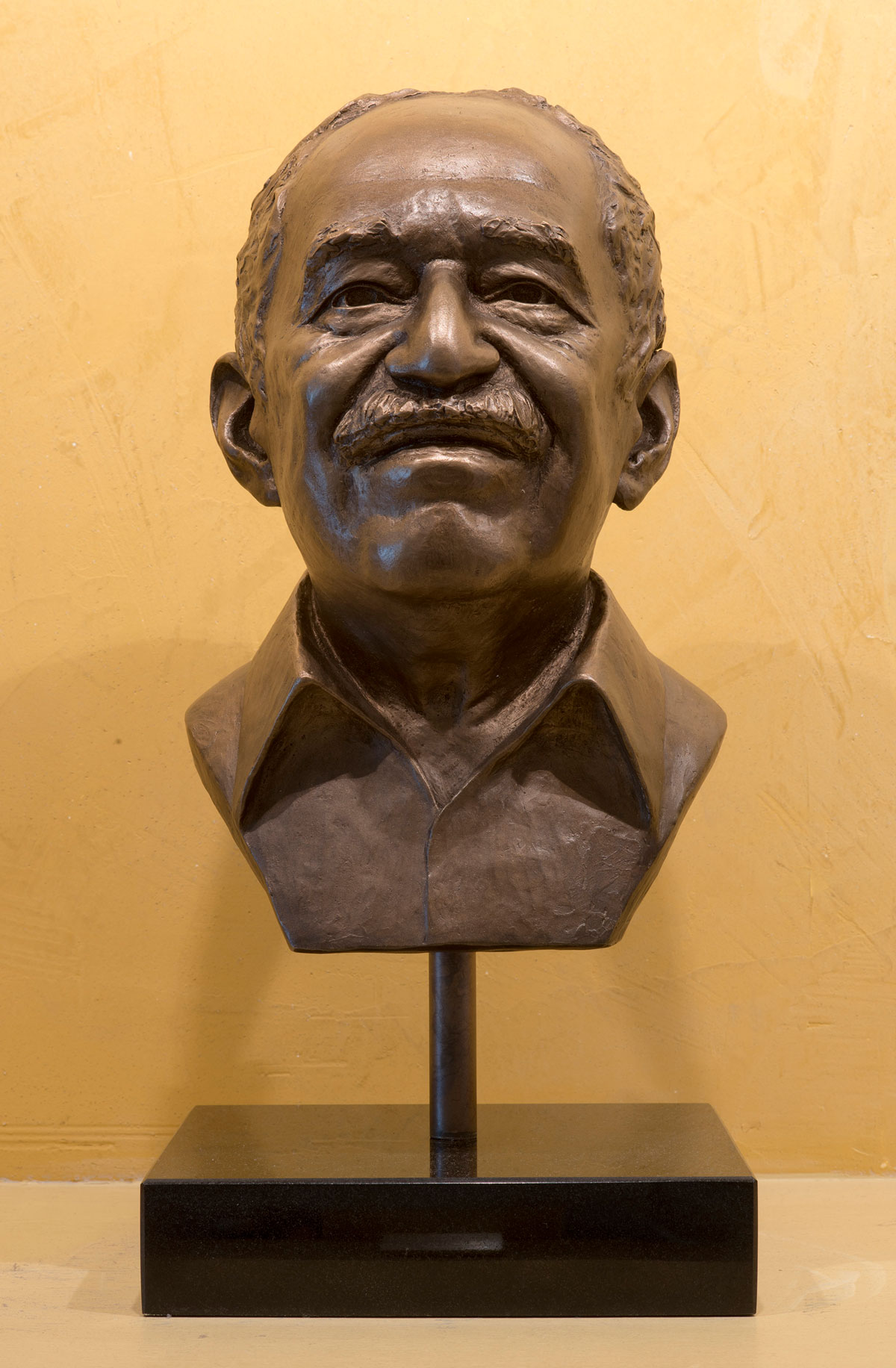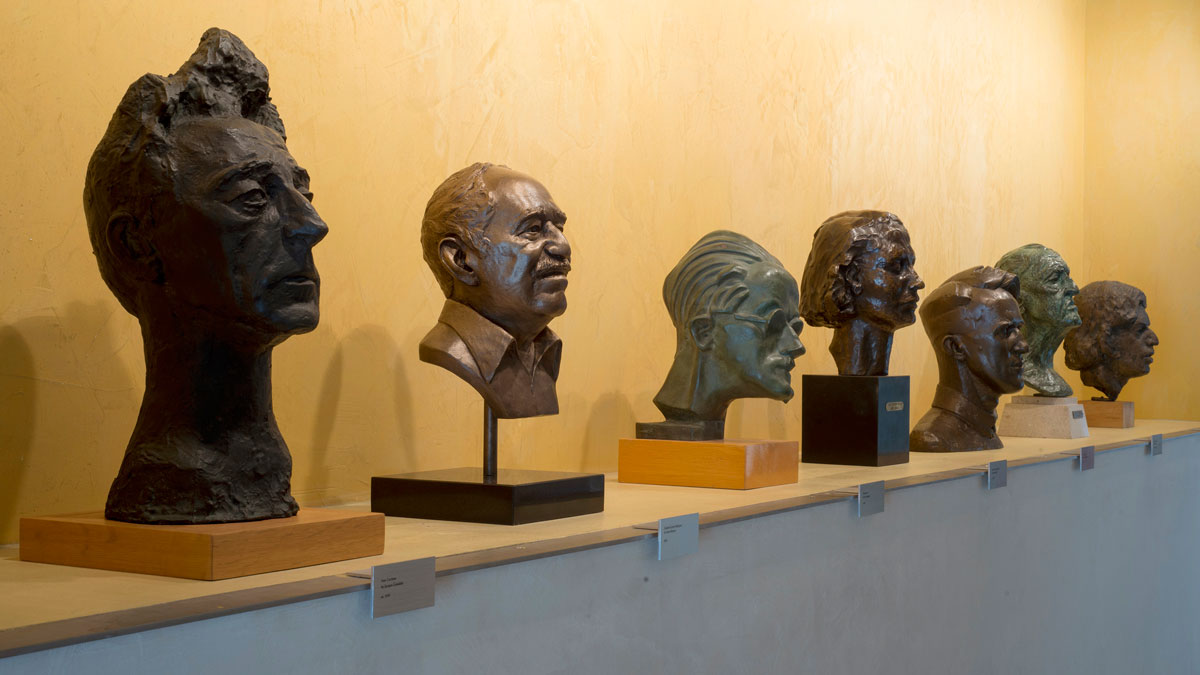
Gabriel García Márquez once said that he believed the main reason writers read the novels of others is to learn for themselves how the books had been written. Books were tremendously important to this Nobel laureate, and he wrote and spoke frequently about the writers who most influenced his own work.
In 1981, the year before he was awarded the Nobel Prize in Literature, García Márquez identified several of his literary influences in an interview in the Paris Review.[1] “When I wrote my first short stories I was told they had Joycean influences,” noted García Márquez. “I had never read Joyce, so I started reading Ulysses.” He began with a Spanish translation, which he later deemed a poor translation after reading the original English novel as well as a good French translation. Nevertheless, García Márquez was deeply impacted by the novel. He said, “I did learn something that was to be very useful to me in my future writing—the technique of the interior monologue. I later found this in Virginia Woolf, and I like the way she uses it better than Joyce.” García Márquez used the interior monologue as a prominent narrative technique in his very first novel, Leaf Storm, published in 1955.

The two authors most often credited as having the greatest impact on García Márquez are William Faulkner and Ernest Hemingway. Faulkner’s novels, and especially the fictional Yoknapatawpha County he richly brought to life in so many of them, inspired García Márquez to explore his childhood surroundings, to write down what he saw and encountered and remembered when he returned to the village of his youth. “The atmosphere, the decadence, the heat in the village were roughly the same as what I had felt in Faulkner,” he noted in the Paris Review interview. Months later, he wrote a piece for the New York Times[2] in which he noted, “Faulkner is a writer who has had much to do with my soul, but Hemingway is the one who had the most to do with my craft—not simply for his books, but for his astounding knowledge of the aspect of craftsmanship in the science of writing.”
García Márquez paid close attention to Hemingway’s focus on technique and discipline, and on his emphasis on the value of creating an environment conducive to good work. He learned from Hemingway that “economic comfort and good health are conducive to writing; that one of the chief difficulties is arranging the words well; that when writing becomes hard it is good to reread one’s own books, in order to remember that it always was hard; that one can write anywhere so long as there are no visitors and no telephone; and that it is not true that journalism finishes off a writer, as has so often been said—rather, just the opposite, so long as one leaves it behind soon enough.”
James Joyce and Virginia Woolf, William Faulkner and Ernest Hemingway—each helped Gabriel García Márquez become the writer who is so beloved worldwide. They also now share a home at the Ransom Center. The remarkable papers of García Márquez live in our stacks alongside rich collections of manuscripts, notes, correspondence, and other tracings of the imaginative writings of these inspirational authors and many others.
[1] “Gabriel García Márquez, The Art of Fiction No. 69,” interviewed by Peter H. Stone, The Paris Review, no. 82, Winter 1981.
[2] “Gabriel García Márquez Meets Ernest Hemingway,” By Gabriel García Márquez, The New York Times, July 26, 1981